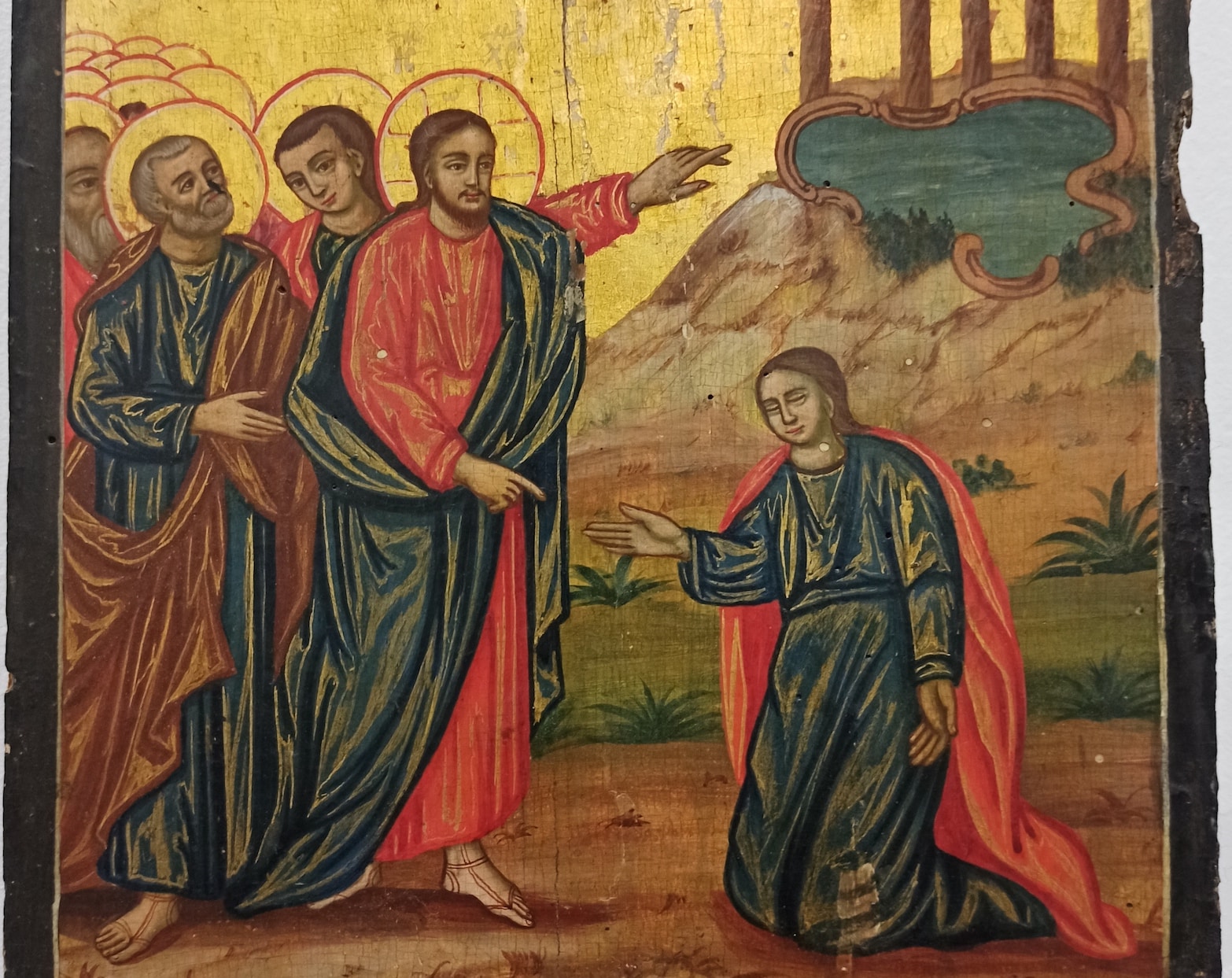<em>Seeing as Jesus sees.</em>
For those of a certain age, it would be easy to misread the title of Aaron Rosen’s new book as “What Would Jesus Do?” In fact, Rosen, a Cambridge PhD in Theology who has taught at Oxford and Yale, predicted the mistake. “Growing up in rural America in the nineties,” he writes, “I remember this phrase was ubiquitous: bedazzled onto t-shirts, stitched into friendship bracelets and scrawled across baggy jeans and backpacks with Sharpie markers.” For Rosen, it is an inherently radical question, but its ubiquity has resulted in a lack of depth. His worry is that the plausible and important question of what would Jesus do has been supplanted with what would I do, an exercise in “the logic of self-justification”.
Rosen comes to the subject from a unique perspective. Trained as a theologian, he teaches Methodist seminarians at Wesley Theological Seminary, in Washington DC. He is also an art scholar and curator; beginning in 2016, he has curated an annual public art project titled Stations of the Cross, in which work is exhibited at 14 stops, and “weaves through both sacred and secular sites, and indeed often breaks down the boundaries between these categories”. He grew up with a Jewish father and a Catholic mother, and his wife is an Episcopal minister.
Early in the book, Rosen notes that it is “remarkable” how many Jewish artists “from secular to observant, have felt compelled to create images of Jesus”. In fact, for “generations of Jewish artists, depicting Jesus has been a crucial step in establishing and understanding their place in art hist-ory, and indeed Western culture more generally”. In a meaningful way, What Would Jesus See follows the tradition of Mark Antokolsy, Max Liebermann, Marc Chagall and Mark Rothko in artfully illuminating Jesus of the Gospels through a Jewish vision.
Rosen’s focus on sight is an affirm-ation of the corporeal nature of Jesus: “For Christians, God did not become incarnate in some esoteric invisible realm beyond the senses. It was pre-cisely into this messy material world, Christian theology asserts, that the son of God was made flesh.” Jesus, Rosen notes, “treats the anatomical and theological aspects of sight as inextricable”.
Rosen considers the Sermon on the Mount, where Jesus “repeatedly emphasises the spiritual value of making good actions visible when it’s for the right reasons”. He says: “You are the light of the world. A city built on a hill cannot be hid. No one after lighting a lamp puts it under the bushel basket, but on the lampstand, and it gives light to all in the house. In the same way, let your light shine before others, so that they may see your good works and give glory to your Father in heaven” (Mt 5:14-16).
Later in Matthew, Rosen considers Jesus’s admonition to avoid looking with lust: “If your right eye causes you to sin, tear it out and throw it away.” Rosen believes that “Jesus’s emphasis on sight as a form of haptic desire actually makes him startlingly modern.” He cites Catholic phenomenologist Maurice Merleau-Ponty’s observation that “Since the same body sees and touches, visible and tangible belong to the modern world.”
He finds a similar timelessness in the actions depicted in John 8:4-8: “In a brilliantly simple act, Jesus pulls the imperious gaze of the crowd away from the suffering woman and redirects it to the dirt, turning certitude to confusion.”
In John 9:6-7, Jesus makes the sight of his process behind the healing of the blind man the central element of the miracle. When Jesus “spits into the ground, scoops up the resulting mud, slathers it on the blind man’s eyes, then instructs him to wash away the dirt in the pool of Siloam”, he does so not for a “practical reason”. Rather, by unveiling his process, Jesus invites the man to “participate in his own healing, testing – and ultimately rewarding – his belief” in him.
Rosen concludes What Would Jesus See with a personal note, describing how he was struck “by the strangeness of Jesus’s vision in the Gospels: the way in which he upends conventions of looking, within his own context as well as ours”. He discovered a Jesus willing “to take unorthodox leaps of faith and reason in order to destabilise ethical sureties and easy pieties. This Jesus, more eagle-eyed, unpredictable and brilliant than I expected, was not someone I recognised initially, and he still continues to surprise me.”
Such a close and generous reading of the Gospels will compel us to return to the original text with fresh eyes – and hopefully see not only as Jesus would in his time, but perhaps help us see others now as Jesus might. That, truly, would be a radical vision.
What Would Jesus See by Aaron Rosen (Broadleaf Books, 2023)



